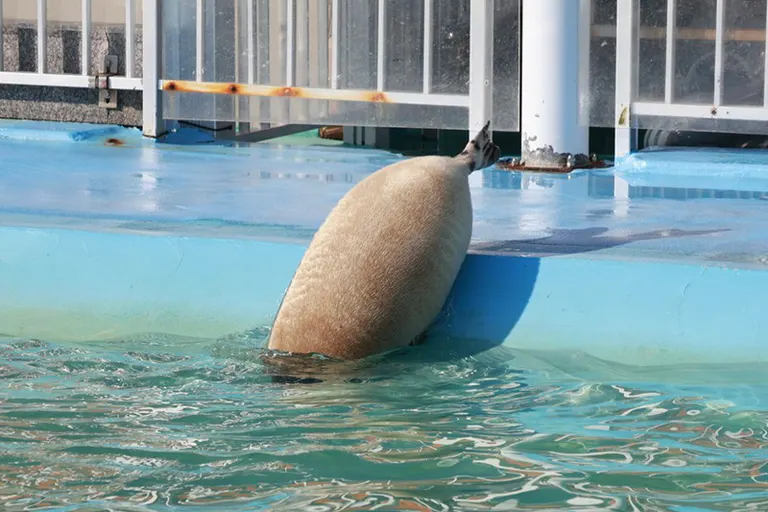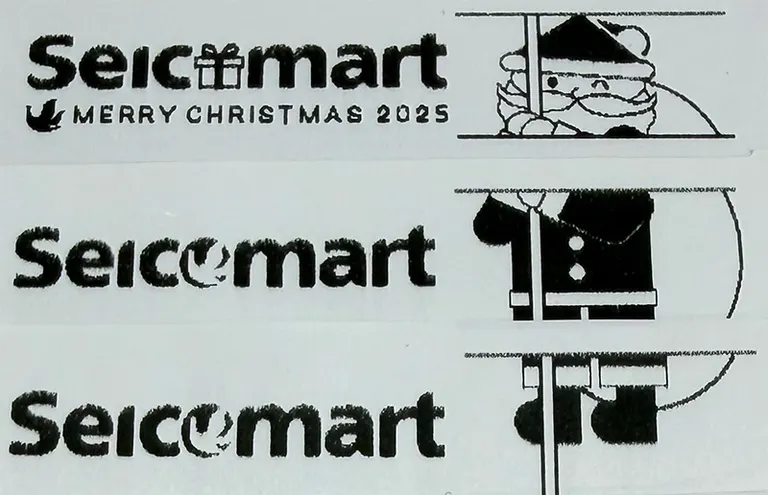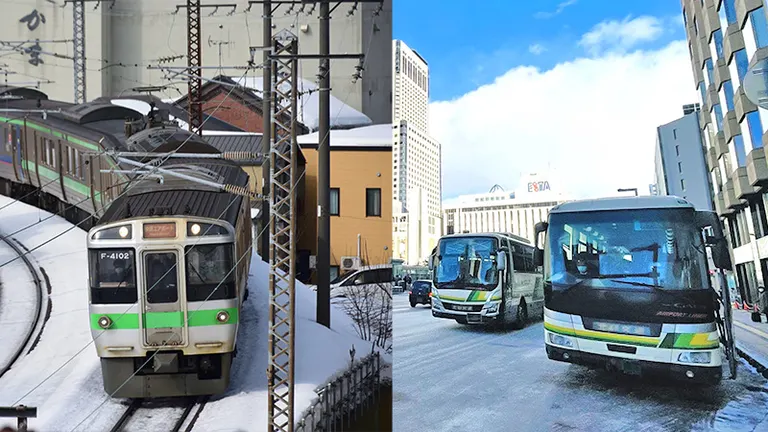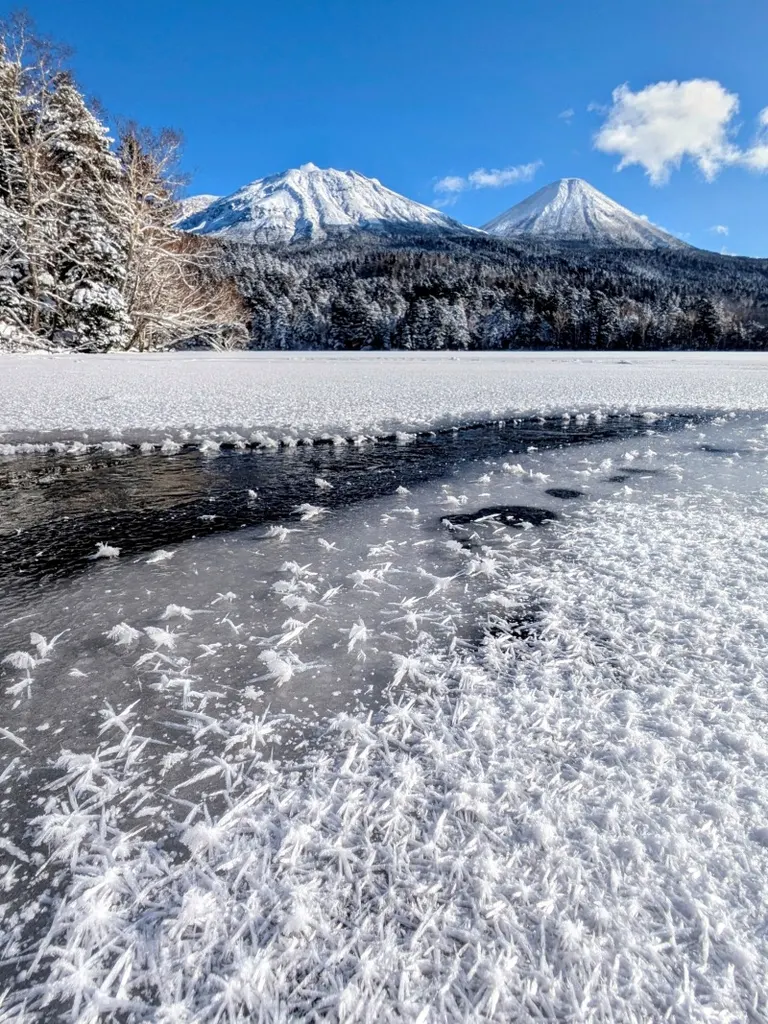![[Comparing Donbei Tastes] "So Different!" What are the differences between Hokkaido, Eastern Japan, and Western Japan?|Domingo](https://p1-634a4370.imageflux.jp/w=768,f=webp:auto,q=78/https%3A%2F%2Fdomingo.ne.jp%2Fwp%2Fwp-content%2Fuploads%2F2022%2F04%2F07e645202302e2d7ec3ed0796e9cb252.jpg)
ARTICLES
[Comparing Donbei Tastes] "So Different!" What are the differences between Hokkaido, Eastern Japan, and Western Japan?
"Donbei Tempura Soba" taste comparison
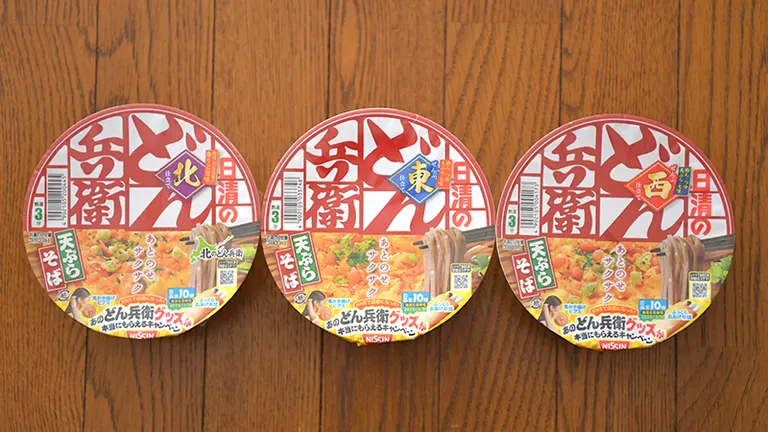
From left: Hokkaido, East Japan, and West Japan Tempura Soba
We started our comparison of "Donbei Tempura Soba" with the Hokkaido version, "Kita no Donbei." Made with bonito flakes and Rishiri kelp, it has a soft ocean scent. The flavor is strong and sweet, unique to the kelp broth, and pairs perfectly with the tempura shrimp!
Next up is the Eastern Japan ramen. The rich "fish broth" flavor of the bonito and bonito flakes is complemented by the soy sauce. The overall aftertaste is clean and goes perfectly with the noodles.
Lastly, we have Western Japan. Rather than soy sauce, the flavor of the dashi stock made from real bonito and kelp dominates the dish. As with kitsune udon, the Japanese pepper used as a condiment is a great spice! Adding this gives the dish a tangy, rich flavor.
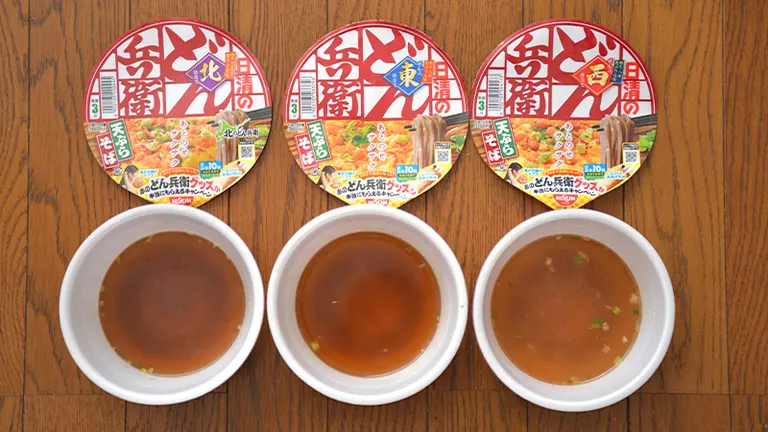
Thank you for the meal
Local Donbei that are so different
Here are my impressions after comparing the taste of Donbei from Hokkaido, Eastern Japan, and Western Japan!
・"Kita no Donbei" for Hokkaido: A mellow Rishiri kelp broth and a sweet soy sauce flavor ・For Eastern Japan: Strong soy sauce flavor based on fish stock ・For Western Japan: A light and elegant taste with a richly fragrant broth flavor as the main flavor
The main reason for the difference in taste between regions seems to be the change in the ingredients of the broth. It is often said that "strong flavors are preferred in Kanto and light flavors in Kansai," but with Hokkaido now included in this category, it seems that local Donbei have a wide variety of flavors.
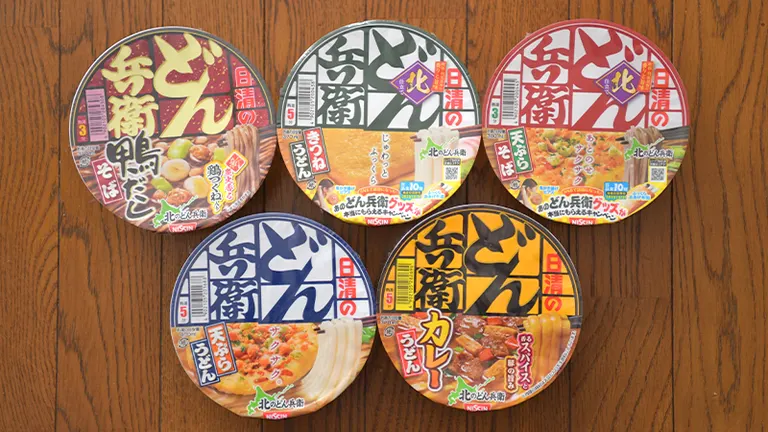
"Kita no Donbei" available only in Hokkaido
By the way, the Domingo editorial team tried one set (12 servings) of the "Donbei Tasting Set." There are also big differences in the curry udon, with the Hokkaido version using pork, while the versions outside of Hokkaido use beef. It's fun to try to discover the differences between each one.
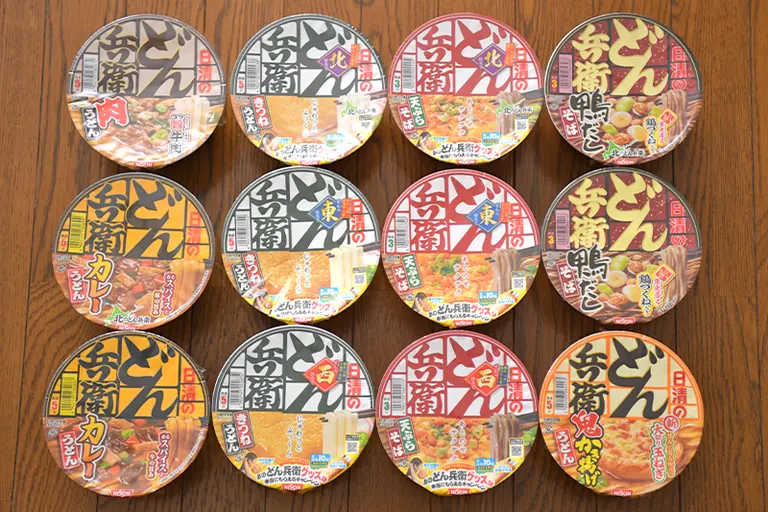
Donbei Tasting Set
Why not enjoy the different flavors from each region?
*All information listed is current as of December 2024. *All published information may be subject to change, so please check the official website for details.
- 1
- 2






